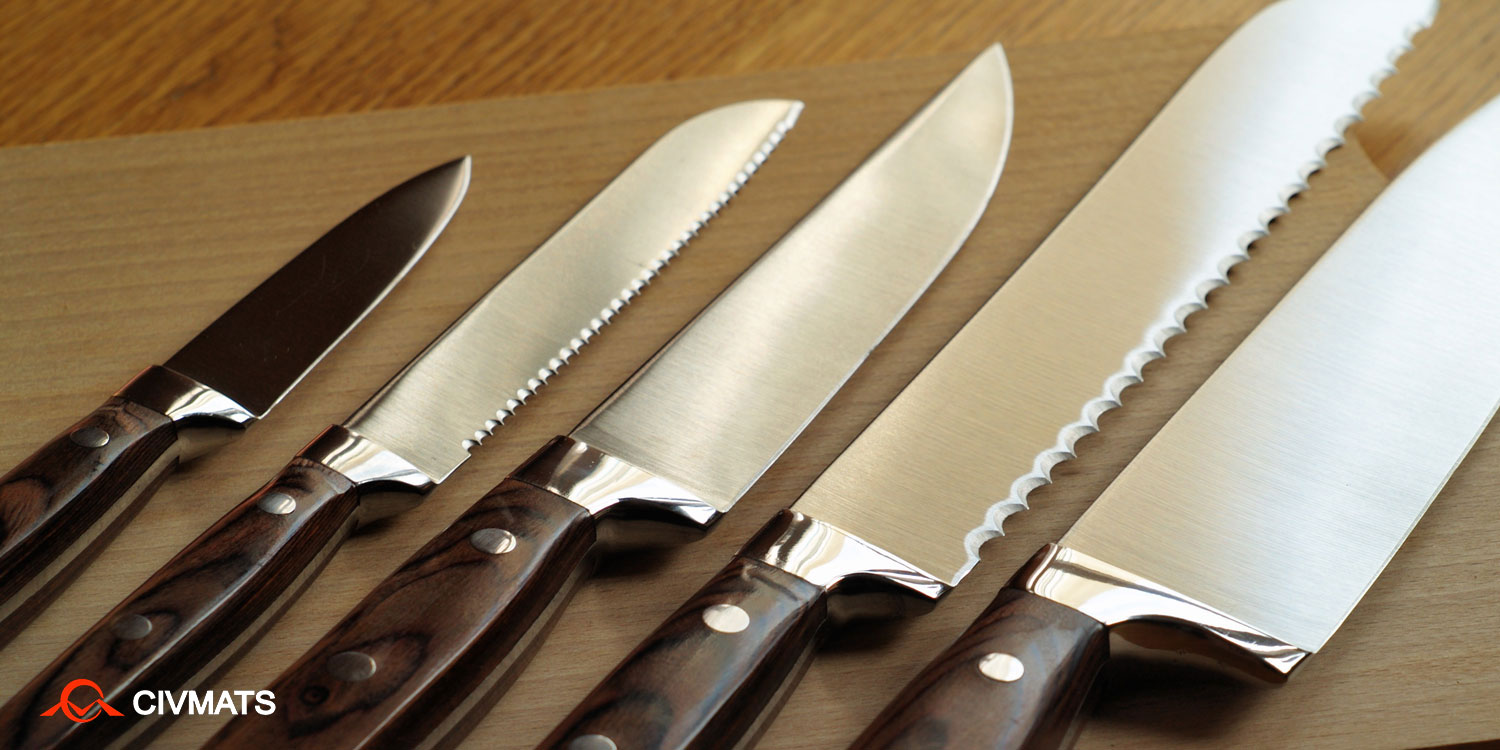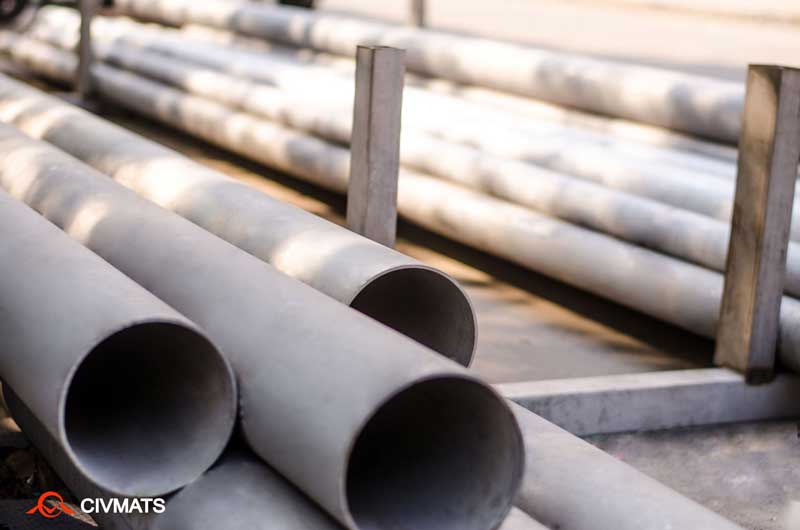Selecting high-quality knives necessitates special attention paid on the steel where the cutting edge is made from. Steel is the very essence of the cutting edge. It can be said without exaggeration that the performance of a knife depends mainly on the steel chosen. In essence, steel is a carbon-containing ferroalloy, also rich in other elements to improve certain properties and cater for different user needs.

In the knife making industry, elements added to different steels can vary remarkably. In a like manner, cutting edges differentiate in the methods of rolling and heating treatment.
Overall, the various steels used for making knives can be distinguished from the five key attributes listed as below.
Hardness
Hardness refers to the resistance to deformation when the steel is subjected to external pressure. The hardness of knife is usually deemed as strength, and generally measured by HRC (Rockwell Hardness).
Toughness
Toughness refers to its ability to resist breaking and fracturing when the steel is used for heavy applications. It can also be regarded as the bending capacity before it breaks. Rupture can do the heaviest damage to a knife and thus make it hard to repair. It should be well noted that the greater the hardness of a knife, the smaller its toughness. Have to mention, the toughness test is not as standardized as hardness test.
Abrasion resistance
Abrasion resistance is the steel ability to withstand abrasive and adhesive wear. Abrasive wear is caused by the contact of a softer surface with a rougher surface. Adhesive wear happens when a flake is moved from its steel surface and adhered to another surface. Abrasion resistance is generally related to the hardness of the steel, but it is also largely influenced by the specific chemical composition contained in the steel. With same hardness, steels of higher carbides components are more wear-resistant.
Corrosion resistance
Corrosion resistance refers to the ability to resist corrosion caused by damp air, moisture, salt, and so on. High corrosion-resistant ability is always achieved by the compromise made on the sharpness of the blade.
Sharp maintenance
Sharpness retention stands for the durability of a knife or how long its sharpness can last. This is what people are really concerned, but unfortunately, there is a lack of clear criteria for the evaluation of sharpness retention, and most of data are subjective. In my opinion, sharpness retention is a combination of abrasion resistance and blade deformation resistance.
Contact
CIVMATS Co., Ltd. produces stainless steel materials of various grades, catering for distinct demands on knife making. If you are in demand, don’t hesitate to contact us.
- Company: CIVMATS CO., LIMITED
- Phone: 86-519-81809659
- Fax: 86-519-81809959
- Email: sales@civmats.com
- Address: 10th Floor, Xin Cheng Nan Du, Wujin District, Jiangsu, China
- Website: www.civmats.com

